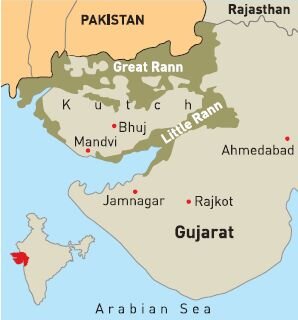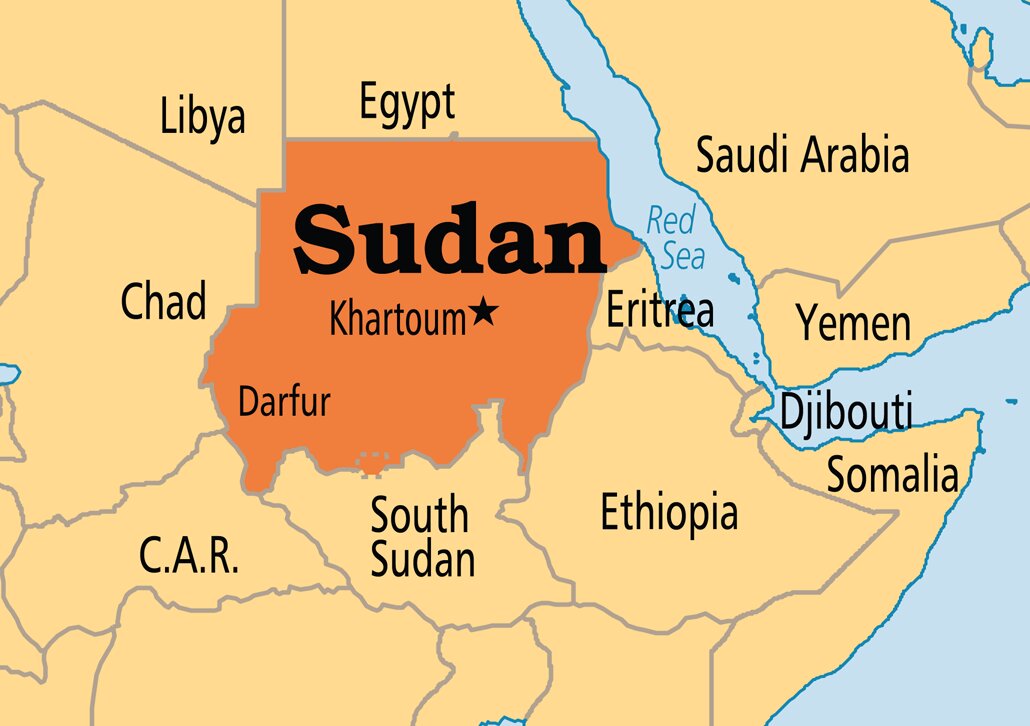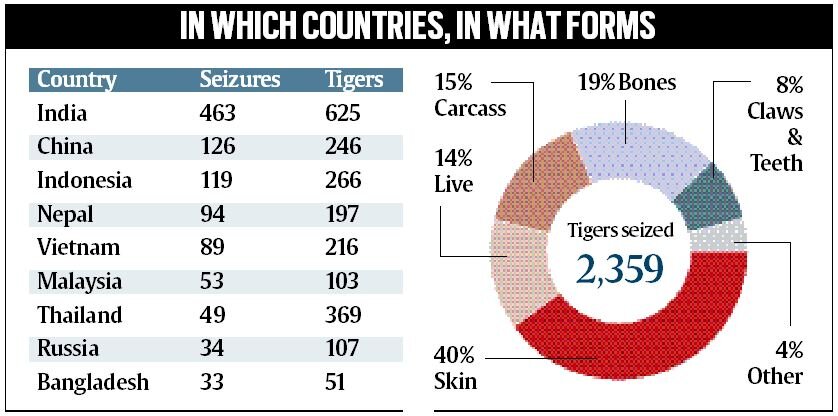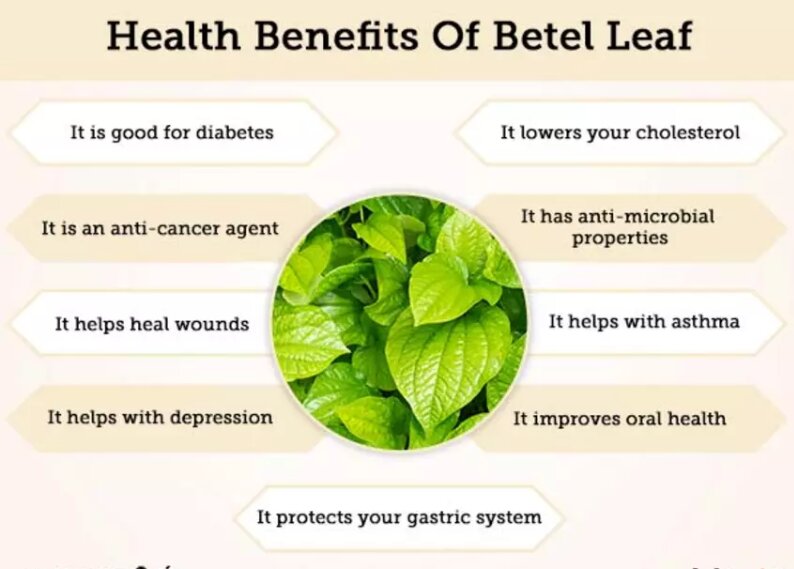Governance
NISHTHA: Teachers' Training Programme
The Union Human Resource Development Minister has launched ‘National Initiative for School Heads and Teachers Holistic Advancement (NISHTHA)’, a national mission to improve learning outcomes at the elementary level.
- NISHTHA Website, Training Modules, Primer Booklet and a Mobile App were also launched by the Minister.
About ‘National Initiative for School Heads' and Teachers' Holistic Advancement’
- NISHTHA is the largest teachers’ training programme of its kind in the world.
- Objective: To motivate and equip teachers to encourage and foster critical thinking in students.
- Teachers will get awareness and develop their skills on various aspects related to:
- Learning Outcomes,
- Competency-Based learning and Testing,
- Learner-centered Pedagogy,
- School Safety and Security,
- Personal-social qualities,
- Inclusive Education,
- ICT in teaching-learning including Artificial Intelligence,
- Health and well-being including yoga,
- Initiatives in School Education including library, eco-club, youth club, kitchen garden,
- School Leadership qualities,
- Environmental Concerns,
- Pre-school, Pre-vocational Education and School-Based assessment.
- Aim: To build the capacities of around 42 lakh participants,
- Covering all teachers and heads of schools at the elementary level in all Government schools,
- Faculty members of State Councils of Educational Research and Training (SCERTs) and District Institutes of Education and Training (DIETs),
- Block Resource Coordinators and Cluster Resource Coordinators in all States and UTs.
- Implementation: Training will be conducted directly by 33120 Key Resource Persons (KRPs) and State Resource Persons (SRP) identified by the State and UTs, who will in turn be trained by 120 National Resource Persons identified from National Council of Educational Research and Training (NCERT), National Institute of Educational Planning and Administration (NIEPA), etc.
- States and UTs have an option to contextualize the training modules and use their own material and resource persons also, keeping in view the core topics and expected outcomes of NISHTHA.
- The prominent features of the programme are activity based modules including in-built continuous feedback mechanism, online monitoring and support system, training need and impact analysis (Pre and Post training).
- A Mobile App and Learning Management System (LMS) based on MOODLE (Modular Object-Oriented Dynamic Learning Environment) have been developed by NCERT.
- LMS will be used for registration of Resource Persons and Teachers, dissemination of resources, training gap and impact analysis, monitoring, mentoring and measuring the progress online.
Indian Economy
New Norms for FPI
Recently, the Securities and Exchange Board of India (SEBI) has released new norms that sought to simplify the compliance and operational requirements for Foreign Portfolio Investors (FPIs).
- The norms are issued to check the outflows of FPIs as the shares worth over Rs 22,000 crore were sold in July and August 2019.
- FPIs have been withdrawing from Indian equities after the government introduced higher tax surcharge on the super-rich in the Budget 2019.
- FPI regulations have been redrafted based on the recommendation of H R Khan committee.
- Revised regulations:
- Removed broad-based criteria: SEBI decided to do away with the requirement that every FPI should have at least 20 investors.
- Simplification of the KYC ( Know-Your-Customer) document requirement for overseas investors.
- SEBI has also allowed central banks of countries that are not members of Bank for International Settlement (BIS) to register as FPIs in India.
- According to SEBI, such entities are relatively long term, low-risk investors as they are directly/indirectly managed by the government.
- FPIs shall be permitted for off-market transfer of securities which are unlisted, or illiquid, to a domestic or foreign investor.
- Sebi has also permitted offshore funds floated by Indian asset management companies to register themselves as FPIs and invest in Indian markets.
- Sebi has decided that FPIs may be re-categorized into two categories - Categories I and II - instead of the present requirement of three categories.
- Sebi removed the concept of Category-III FPIs.
These changes will make the regulatory framework more investor-friendly
- Apart from changes in FPIs regulations, SEBI has amended the Prohibition of Insider Trading regulations to include a clause to reward whistle-blowers.
Biodiversity & Environment
Kutch Desert
The study of fossils from Kutch in Gujarat has revealed that the hot arid desert of Kutch was once a humid subtropical forest.
- Findings of Study: The fossil from Palasava suggest that a rich diversity of fauna and flora sustained in warm, humid/wet, tropical to sub-tropical environmental conditions during the Middle Miocene.
- The bulk of fossils unearthed in Kutch have so far been mainly marine organisms, due to their proximity to the Arabian Sea. Geological changes eventually closed off the salt-flats’ connection to the sea and the region turned into a large lake, eventually becoming salty wetlands.
- It points to clues on how mammals dispersed between Africa and the Indian subcontinent when part of India was in the Gondwanaland supercontinent that existed nearly 300 million years ago.
Kutch Desert
- Kutch Desert covers a vast area of 45,612 sq. km and is bounded to the north and northwest by Sindh (Pakistan), west and southwest by the Arabian Sea, and to the northeast by Rajasthan.
- The Rann of Kachchh comprises a unique example of Holocene sedimentation. It covers a large tracts of 23,000 sq. km and has been arbitrarily divided into two parts namely the Great Rann and Little Rann.
- Kachchh furnishes an interesting example of four diverse geomorphic type of terrain namely (i) the Rann, (ii) the low lying Banni plains, (iii) the hilly region, and (iv) the coastal plains.
- Such physiographic diversity is a reflection of geology, climate and sea level changes in this region
- It is connected to the Arabian Sea through Kori Creek in the west and the Gulf of Kachchh in the east, and is very close to sea level.
- The Wild Ass Wildlife Sanctuary, situated in the Indian state of Gujarat, is the largest wildlife sanctuary in the country. It is spread in the entire area of the little Rann of Kutch where small grass-covered areas, known as baits, forms the flora and is an important source to support the fauna of the region.
Holocene Epoch
- Holocene Epoch,is the latest interval of geologic time, covering approximately the last 11,700 years of Earth’s history.
- The sediments of the Holocene, both continental and marine, cover the largest area of the globe of any epoch in the geologic record.
- The Holocene is unique because it is coincident with the late and post-Stone Age history of humankind. The influence of humans is of world extent and is so profound that it seems appropriate to have a special geologic name for this time.
Miocene Epoch
- The Miocene epoch is a major division of the geologic timescale and extends from about 23.03 to 5.332 million years before the present.
Science & Technology
Indian Space Debris
According to the latest assessment of space debris by National Aeronautics and Space Administration (NASA), out of the 101 pieces of debris (big enough to be tracked) created by India’s Anti-Satellite System(A-SAT) test, 49 continued to remain in orbit.
- It is possible that more pieces, smaller ones, created from the test, are floating around but were not being tracked.
- It has been estimated that nearly 400 pieces were created from India’s test.
- After the test, India had said that, since the test was carried out in the lower atmosphere, it did not expect to add any significant amount of space debris.
- Whatever debris is generated will decay and fall back on to the earth within weeks.
- The report is the first credible estimation in public domain of the amount of debris created by India’s anti-satellite test (conducted on 27th March, 2019) and what remains of it four months down the line.
- India had 97 functional, and non-functional but intact satellites in space as on 30th June 2019 , and 157 pieces of trackable space debris, including fragments of rockets that become junk after delivering their payloads in their specified orbits.
- This is a very small proportion of the total of 19,404 large objects in space sent by all countries, of which 14,432 are debris and junk parts of used rockets.
India’s Anti-Satellite Test
- India had shot down its 740-kg Microsat-R satellite on 27th March, 2019 in a demonstration of its capability to destroy a space-based infrastructure of an enemy country.
- That anti-satellite test made India, only the fourth country in the world, to have demonstrated such capability.
Indian Economy
State Rooftop Solar Attractiveness Index–SARAL
Recently, the Ministry of New and Renewable Energy (MNRE) has launched the State Rooftop Solar Attractiveness Index–SARAL.
- SARAL is the first of its kind index to provide a comprehensive overview of state-level measures adopted to facilitate rooftop solar deployment.
- It would create a more conducive environment for solar rooftop installations, encourage investment and lead to the accelerated growth of the sector, by creating healthy competition among the States.
- Karnataka has been placed at the first rank in the index followed by Telangana, Gujarat and Andhra Pradesh.
- SARAL currently captures five key aspects :
- Robustness of policy framework,
- Implementation environment,
- Investment climate,
- Consumer experience,
- Business ecosystem
- It has been designed collaboratively by the MNRE, Shakti Sustainable Energy Foundation (SSEF), Associated Chambers of Commerce and Industry of India (ASSOCHAM) and Ernst & Young (EY).
- SARAL is in concurrence with the Government’s target of installing 175 GW of renewable energy capacity by 2022, of which 100 GW of solar power is to be operational by March 2022, (40 out of 100 GW is expected to come from grid-connected solar rooftops).
- The rooftop solar deployment will make power sector sustainable and viable (as the cost of solar energy is reducing) and it will help to ensure 24/7 power supply to all consumers.
- Along with that, it will help in India in fulling its Intended Nationally Determined Contributions (INDCs) highlighted at Paris climate deal.
Biodiversity & Environment
Deteriorating Water Quality
According to the World Bank Report - Quality Unknown: The Invisible Water Crisis, heavily polluted water is reducing economic growth by up to a third in some countries.
Key Findings
- Water pollution endangers economic growth:
- When Biological Oxygen Demand (BOD)– a measure of how much organic pollution is in water and a proxy measure of overall water quality – passes a certain threshold, GDP growth in downstream regions is lowered by a third.
- In middle-income countries – where BOD is a growing problem because of increased industrial activity - GDP growth downstream of highly polluted areas drops by half.
- Reasons Behind the Lower Economic Growth
- Nitrogen in water shortens people and shortens their lives.
- Salinity in water leads to decreased agricultural yields.
- Challenges to Water Quality: Intensification of agriculture, land use changes, more variable rainfall patterns due to climate change and growing industrialization due to countries’ development.
- Solution:
- The first step to tackling the water quality challenge is recognizing the scale of it. The world needs reliable, accurate and comprehensive information so that new insights can be discovered, decision-making can be evidence-based and citizens can call for action.
- Legislation, implementation and enforcement are also crucial to scrub the world’s waterways of pollution
- Wastewater treatment has a vital role to play – it is crucial for a country’s health, food security and economy by helping remove pollution and debris.
Important Facts For Prelims
Illegal Tiger Trade
- Recently a new report titled ‘Skin and Bones Unresolved: An Analysis of Tiger Seizures from 2000-2018’ compiled by TRAFFIC, in partnership with the World Wildlife Fund (WWF) and the International Union for Conservation of Nature has quantified the illegal global trade in tigers and tiger parts over a 19-year period between 2000 and 2018.
- It was the fourth in a series on tiger trade by TRAFFIC, a wildlife trade monitoring network headquartered in the United Kingdom.
Findings of Report
- India is the country with the highest number of seizure incidents (463, or 40% of all seizures) as well as tigers seized (625).
- The TRAFFIC report uses the 2016 WWF estimate of 2,226 tigers in India. It is home to more than 56% of the global wild tiger population.
- India has the world’s largest tiger population — 2,967 in the Tiger Census released in July, 2019.
- India is the country with the highest number of seizure incidents (463, or 40% of all seizures) as well as tigers seized (625). In terms of various body parts seized, India had the highest share among countries for tiger skins (38%), bones (28%) and claws and teeth (42%).
- The top three countries with the highest number of seizure incidents were India (463 or 40.5% of total seizures) and China (126 or 11.0%), closely followed by Indonesia (119 or 10.5%).
Important Facts For Prelims
India Fights to Get Rosewood Delisted from CITES
India, with the help of Bangladesh and Nepal, is trying to de-list ‘Dalbergia sissoo’, from the list of threatened varieties in order to protect the livelihood of handicraft manufacturers and farmers in the Sub-continent.
- Dalbergia sissoo is commonly known Rosewood, Shisham and is a medium to large deciduous tree, native to India, with a slight crown.
- Distribution: It is native to the foothills of the Himalayas. It is primarily found growing along river banks below 900 metres (3,000 ft) elevation, but can range naturally up to 1,300 m (4,300 ft).
- The temperature in its native range averages 10–40 °C (50–104 °F), but varies from just below freezing to nearly 50 °C (122 °F).
- It can withstand average annual rainfall up to 2,000 millimetres (79 in) and droughts of 3–4 months.
- Soils range from pure sand and gravel to rich alluvium of river banks; shisham can grow in slightly saline soils.
- Use: It is used as firewood, timber, poles, posts, tool handles, fodder, erosion control and as a windbreak. Oil is extracted from the seed and tannin from the bark.
- It is best known internationally as a premier timber species of the rosewood genus. However, Shisham is also an important fuel wood, shade, and shelter.
- With its multiple products, tolerance of light frosts and long dry seasons, this species deserves greater consideration for tree farming, reforestation and agroforestry applications.
- After teak, it is the most important cultivated timber tree in India, planted on roadsides, and as a shade tree for tea plantations.
CITES Status
- Dalbergia sissoo is currently part of Appendix II of the Convention on International Trade in Endangered Species of Wild Fauna and Flora (CITES), a multilateral treaty to protect endangered plants and animals.
- It says that the species is not necessarily threatened with extinction, but the trade must be controlled to avoid utilisation incompatible with their survival.
Important Facts For Prelims
New Sovereign Council in Sudan
Recently, the swearing-in of a new sovereign council and appointment of Prime Minister Abdalla Hamdok, took place in Sudan.
- It marked the transition towards the civilian rule, as it is the first time that Sudan was not under full military rule since Sudan's President Omar al-Bashir took the control in a military coup in 1989.
- The New sovereign council replaces the Transitional Military Council (TMC) that was formed after the Omar al-Bashir was removed.
- The New sovereign council (11 member body) is a civilian-dominated ruling council but it will be headed by General Abdel Fattah al-Burhan, who already headed the TMC.
- For the first 21 months of the 39-month transition period, General Burhan will lead Sudan, until a fully civilian government takes over.
Important Facts For Prelims
Tirur Vettila
Recently Kerala’s tirur vettila has obtained Geographical Indication tag.
- Tirur Vettila is a type of betel leaf which is grown in Tirur and nearby areas of Malappuram district of Kerala.
- Tirur Vettila is unique for its significantly high content of total chlorophyll and protein in fresh leaves.
- Tirur vettila possess some special biochemical characters like unique flavour and aroma.
- Eugenol is the major essential oil in Tirur betel leaf contributing to its pungency.
- The leaves are nutritive and contain anticarcinogens, showing future opportunities in anticancer drugs
- Betel vine was reported to have immunosuppressive activity and antimicrobial property
- The Intellectual property rights (IPR) Cell of Kerala Agricultural University has received National IP Award, 2019 of Government of India its efforts in the facilitation of GI Registration.
Other GI Products from Kerala
Kaipad rice, Pokkali rice, Wayanad Jeerakasala rice, Wayanad Gandhakasala rice, Vazhakulam pineapple, Marayoor jaggery, Central Travancore jaggery and Chengalikodan nendran.
Important Facts For Prelims
Super 50
Maharashtra’s Tribal Development Department in association with the Pace Educational Trust has launched an academic programme for young tribal students aspiring to be doctors and engineers.
About the Scheme
- The initiative is inspired by the work of Patna’s Anand Kumar who runs an initiative called ‘Super 30’ for underprivileged students to sit for Indian Institutes of Technology (IIT) entrance exam.
- The Super 50 programme will mentor 50 most meritorious tribal students from the State and prepare them for engineering and medical exams.
- Tribal students from the state who have passed their class 10th exam are eligible to enroll for the entrance test.
- It will be a two-year residential programme, where the students will be provided hostel and mess facilities, a tablet, NCERT books and career counselling.
Kashmir Super 50
- Project Kashmir Super 50, a joint initiative by Indian Army, Center for Social Responsibility and Leadership (CSRL) and PETRONET LNG Limited (PLL) was launched in March 2013 to transform the educational status of children from economically weaker sections in the Kashmir region.
- It is an 11-month program in which 50 students are selected every year and they are provided with complete free residential coaching for IIT-JEE, JKCET and other premier Engineering Institutes.






